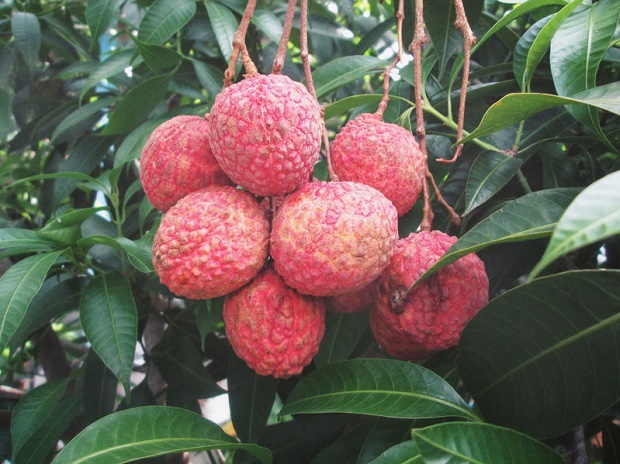NEW DELHI, India – Three years ago, Dr. Rajesh Yadav, an investigator with the India Epidemic Intelligence Service, moved to the city of Muzaffarpur, the site of one of the country’s most mysterious outbreaks. And he waited.
Every year in mid-May, as temperatures reached scorching heights, parents took children who had been healthy the night before to the hospital. The children awakened with a high-pitch cry in the early morning, many parents said.
Then, the children began having seizures and slipping into comas. In about 40 per cent of the cases, they died. Every year in July, with the arrival of monsoon rains, the outbreak ended as suddenly as it began.
Beginning in 1995, investigations variously ascribed the phenomenon to heat stroke; to infections carried by rats, bats or sand flies; or to pesticides used in the region’s ubiquitous lychee orchards. But there were few signposts for investigators.
Instead of occurring in clusters, the illness typically struck only one child in a village, often leaving even siblings unaffected.
A joint investigation by India’s National Centre for Disease Control (CDC) and the India office of the Canters for Disease Control and Prevention in Atlanta, the United States, published in the British medical journal The Lancet Global Health on Tuesday, has identified a surprising culprit–the lychee fruit itself, when eaten on an empty stomach by malnourished children.
In 2015, as a result of the investigation, health officials began urging parents in the area to be sure to feed young children an evening meal and to limit their consumption of lychees.
In two seasons, the number of reported cases per year dropped to fewer than 50 from hundreds.
“It was an unexplained illness for so many years,” said Dr. Padmini Srikantiah, a senior epidemiologist with the CDC and the senior author of the paper. “This is kind of emblematic of why we collaborate, to build this kind of systematic approach.”
The Lancet article walks through a two-year medical detective story, as epidemiologists like Yadav closely examined the lives of hundreds of afflicted children, trying to understand everything they had eaten, drunk and breathed.
“It was a very intense situation, because we witnessed children dying in front of our eyes every day as soon as they arrived at the hospital,” said Yadav, who now works with the CDC in Atlanta. Especially difficult were the detailed interviews of parents, many of whom had carried a convulsing or comatose child for hours to get to the hospital.
“They were in a kind of panic,” he said. “Their children were dying, and it was an unknown thing.”
The Muzaffarpur area, in India’s east, produces about 70 per cent of India’s lychee harvest.
